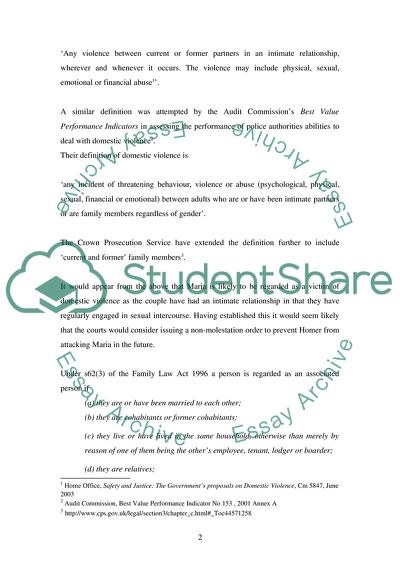Cite this document
(The Case of Domestic Violence Study Example | Topics and Well Written Essays - 2309 words, n.d.)
The Case of Domestic Violence Study Example | Topics and Well Written Essays - 2309 words. Retrieved from https://studentshare.org/law/1712798-family-law-coursework
The Case of Domestic Violence Study Example | Topics and Well Written Essays - 2309 words. Retrieved from https://studentshare.org/law/1712798-family-law-coursework
(The Case of Domestic Violence Study Example | Topics and Well Written Essays - 2309 Words)
The Case of Domestic Violence Study Example | Topics and Well Written Essays - 2309 Words. https://studentshare.org/law/1712798-family-law-coursework.
The Case of Domestic Violence Study Example | Topics and Well Written Essays - 2309 Words. https://studentshare.org/law/1712798-family-law-coursework.
“The Case of Domestic Violence Study Example | Topics and Well Written Essays - 2309 Words”, n.d. https://studentshare.org/law/1712798-family-law-coursework.


